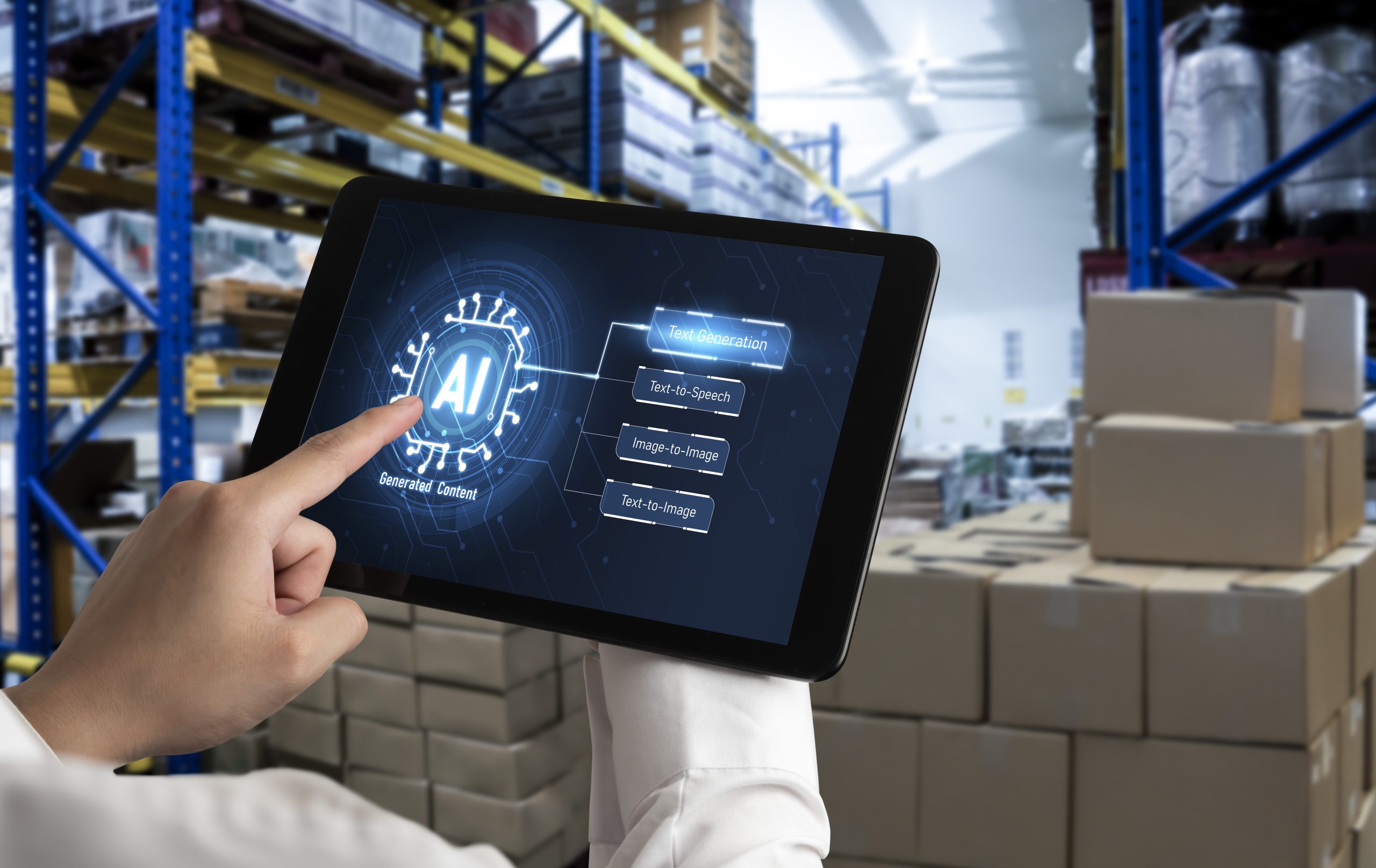
- By qematicadmin
In the age of rapid fulfillment expectations and razor-thin margins, logistics has become the backbone of modern commerce. The push toward faster, more accurate, and cost-effective delivery models has given rise to a new era of innovation: logistics automation. At the heart of this revolution lies Robotic Process Automation (RPA), augmented by motion studies and advanced robotics, transforming the supply chain into a lean, intelligent system.
The Evolving Role of Logistics Automation
Traditional logistics involved a combination of manual coordination, static scheduling, and reactive decision-making. These methods, though tried and tested, are no match for the demands of today’s e-commerce and just-in-time inventory models. Enter logistics automation: a suite of digital tools designed to streamline every touchpoint in the supply chain.
RPA in logistics automates repetitive tasks such as shipment scheduling, label generation, invoicing, and tracking updates. By removing the need for human intervention in these high-volume areas, RPA not only speeds up processes but also eliminates costly errors.
Meanwhile, intelligent systems analyze delivery routes in real time, optimizing for weather, traffic, and drop-off sequence. Route optimization powered by AI and machine learning can save fuel, reduce emissions, and improve delivery timelines.
The Role of Motion Studies in Logistics
Motion studies have historically been used to improve physical efficiency on the warehouse floor. But modern motion studies go further, leveraging wearable sensors, computer vision, and analytics platforms to deliver deep insights into human movement, task durations, and workflow ergonomics.
Every step a warehouse associate takes is a data point. AI systems can now track these steps, assess how often workers double back, how long they wait between tasks, or how ergonomic their movements are. This granular visibility allows operations managers to redesign workflows, minimize travel distance, and balance workloads more effectively.
Motion studies also support labor planning and training. By identifying the most efficient task sequences and body mechanics, new employees can be onboarded faster and more safely.
Supply Chain RPA in Action
Supply chain RPA is the next layer in automation, orchestrating data flows across multiple platforms and partners. Instead of waiting for a human to input shipment details from an email into an ERP system, RPA bots can extract that information automatically, validate it against purchase orders, and trigger warehouse dispatch protocols.
From order confirmation to customs documentation, these bots ensure nothing slips through the cracks. They work 24/7, scale on demand, and don’t suffer from fatigue or inconsistency. The result is a highly responsive and resilient supply chain.
For instance, a third-party logistics (3PL) provider can use RPA to handle client onboarding, inventory syncing, and billing with minimal human touch. This allows them to serve more clients without ballooning their operational overhead.
Robotics in Logistics: From Concept to Reality
Robotics in logistics is no longer futuristic. Autonomous mobile robots (AMRs) are already navigating warehouse aisles, picking and placing products, and working alongside human teams. These robots don’t replace human workers; they augment them by taking on the most repetitive or physically demanding tasks.
Coupled with AI, robotics can adapt to changing warehouse layouts, learn from past movements, and reroute on the fly to avoid congestion. The benefits? Reduced picking times, fewer workplace injuries, and enhanced overall efficiency.
In cold storage, for example, robots can perform tasks in sub-zero environments, ensuring human workers are exposed to less strain while maintaining inventory throughput.
Real-World Impact and Results
The adoption of logistics automation is delivering measurable returns across industries:
- Efficiency Gains: Companies have reported up to 30% reduction in order processing times.
- Error Reduction: Automation has slashed human input errors by more than 50%.
- Employee Satisfaction: With bots handling tedious tasks, employees can focus on meaningful, decision-based work.
- Scalability: Businesses can now ramp up operations during peak seasons without massive hiring sprees.
These gains are particularly vital in sectors such as retail, food distribution, and pharmaceuticals, where speed and accuracy are critical.
Getting Started with Logistics Automation
While the benefits are compelling, successful implementation requires a thoughtful approach:
- Assess Your Workflow: Identify tasks that are rules-based, repetitive, and prone to error.
- Select the Right RPA Tools: Choose platforms that integrate well with your existing ERP, WMS, and CRM systems.
- Start Small: Pilot RPA on a narrow use case such as invoice processing or delivery status updates.
- Measure and Optimize: Track key metrics like turnaround time, error rate, and customer satisfaction to refine the solution.
- Scale with Confidence: Once you’ve proven the model, roll it out to other functions such as procurement or returns management.
Final Thoughts
As logistics continues to evolve, the ability to operate smarter, not just faster, will define industry leaders. With RPA, motion studies, and robotics working together, companies can achieve unprecedented levels of agility and precision in their supply chains.
It’s not just about keeping up with demand anymore. It’s about building a supply chain that learns, adapts, and performs better every day. In a world where delays and inefficiencies are no longer acceptable, logistics automation isn’t just a nice-to-have. It’s a competitive necessity.
Welcome to the future of logistics — where automation delivers more than speed. It delivers intelligence.

